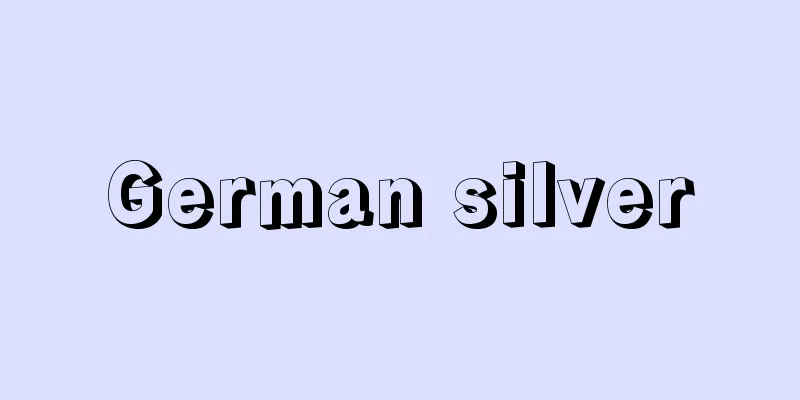Ostwald

|
German physical chemist. Born in Latvia, which was then part of the Russian Empire. He studied chemistry at the University of Dorpat in the Russian Empire in 1872, graduating in 1875 and receiving his doctorate in 1878. In 1881 he became a professor at the Riga Technical University, and in 1887 he moved to the University of Leipzig as Germany's only professor of physical chemistry. From 1894 he devoted himself to research and journal editing, and continued his research and writing even after retiring in 1906. His early research aimed to quantitatively evaluate affinity, and in his 1878 doctoral thesis he calculated the relative affinity of reactants by measuring changes in physical constants such as specific volume and refractive index that accompany chemical changes. In 1879 he calculated the affinity of acids from dynamic processes such as the dissolution rate of compounds and the reaction rate of sucrose conversion. In 1884, he learned of and supported the ionization theory of S. A. Arrhenius, and determined the affinity of acids from electrical conductivity. In 1888, he derived the dilution law from measurements of molar conductivity. In 1894, he defined catalysis as the promotion of a chemical process by the presence of an external substance, and was the first to point out that a catalyst does not change the thermodynamic equilibrium of a reversible reaction. He also developed a method for synthesizing ammonia from nitrogen and hydrogen, and a method for producing nitric acid by catalytic combustion of ammonia. For these achievements, he was awarded the Nobel Prize in Chemistry in 1909. He wrote many textbooks, including the "Textbook of General Chemistry" published between 1885 and 1887, and in 1887, together with J. H. van't Hoff, he founded the Zeitschrift für physikalische Chemie (Journal of Physical Chemistry), which he edited until 1922. In 1894, he founded the Electrochemical Society, making an enormous contribution to the establishment of the new academic field of physical chemistry. Many researchers came out of his laboratory at Leipzig University. From the 1890s onwards, he sparked controversy by arguing for a reconstruction of science based on energy monism that excluded the concept of atoms, but he was unable to gain widespread support. In his later years, he researched the theory of color. OstwaldOstwald |
|
ドイツの物理化学者.当時ロシア帝国領であったラトビアで生まれた.1872年ロシア帝国内のドルパト大学で化学を学び,1875年に卒業,1878年学位を取得.1881年リガ工科大学の教授となり,1887年ドイツで唯一の物理化学教授としてライプチヒ大学に移った.1894年からは研究と雑誌の編集に専念し,1906年の退職後も研究と著作活動を続けた.初期の研究は親和力の定量的評価をめざしたもので,1878年の学位論文では,化学変化に伴う比容積や屈折率などの物理定数の変化を測定することで反応物の相対的な親和力を求めた.さらに1879年には化合物の溶解速度やショ糖(スクロース)転化の反応速度などの動的過程から酸の親和力を求めた.1884年S.A. Arrhenius(アレニウス)の電離説を知り,これを支持,電気伝導度より酸の親和力を決定し,1888年にはモル伝導度の測定から希釈律を導いた.1894年外部物質の存在による化学的過程の促進を触媒作用として定義し,触媒が可逆反応の熱力学的平衡をかえるものではないことをはじめて指摘した.また窒素と水素からのアンモニア合成およびアンモニア触媒燃焼による硝酸製造法を開発した.以上の成果により,1909年ノーベル化学賞を受賞.かれは1885~1887年に出版された“一般化学教科書”をはじめ多数の教科書を著し,1887年J.H.van't Hoff(ファントホッフ)とともにZeitschrift für physikalische Chemie(物理化学雑誌)を創刊し,1922年まで編集を行い,1894年電気化学協会を設立し,新しい学問分野である物理化学の確立に対して多大な貢献をした.ライプチヒ大学の研究室からは多くの研究者を輩出した.1890年代からは原子概念を排したエネルギー一元論にもとづく科学の再構成を主張して論争をよんだが,支持を広げることはできなかった.晩年には色彩に関する理論を研究した. オストワルト
|
>>: Ostrovskii, Aleksandr Nikolaevich
Recommend
Surplus - joyokin (English spelling) surplus
In accounting, it refers to the amount of shareho...
Gizenga, A.
...In the same September, Prime Minister Lumumba ...
Silver anchovy - Silver anchovy
...In Tokyo, it is called Kiiwashi, in Lake Haman...
Stable God - Umayagami
A general term for gods enshrined in stables and g...
Burgunder
...As a result, many of the stadts were tribal gr...
Climax - Climax
It is also called the climax. It is the final sta...
Factory mortgage - Kojo Tei To
A special mortgage on the property belonging to a ...
Forestry management - forestry management
Japan's forests are divided into national fore...
Parenchymatous inflammation
…Syphilis and fungal infections also show a form ...
Snātaka (English spelling)
Hindus ideally divide their lives into four period...
Sea officer - Umiyaku
…These miscellaneous taxes were broadly divided i...
biological false positive
…Methods that use cardiolipin, a lipid from cow&#...
Steamship
A ship equipped with a steam engine as its propul...
Kawaraninjin - Kawaraninjin
A biennial herb of the Asteraceae family (APG cla...
Sadatoshi Igeta
…In Japan, systematic Russian language education ...









